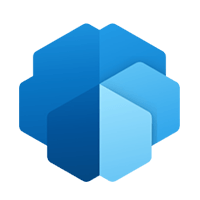Self-Healing Systems with Microsoft Power Platform: The Next Frontier in IT Automation
“Why do we find out about an issue only after it becomes a fire?”
That question echoed across the conference room as Maya, the CTO of a multinational manufacturing firm, reviewed the latest system downtime report. A critical supply chain app had silently failed during a routine update—and no one noticed for hours.
For Maya, this wasn’t just a technical problem—it was a trust problem. Business users had grown skeptical of IT’s ability to keep systems up and running. And reactive firefighting had become the default mode.
But what if systems could heal themselves before humans even noticed something was wrong?
Welcome to the world of self-healing systems—powered by Microsoft Power Platform.
🔧 What are Self-Healing Systems?
Think of a self-healing system as a digital immune system. It’s designed not only to detect problems but also to diagnose, respond, and even remediate them autonomously, minimizing downtime, human intervention, and reputational risk.
At the core of such systems lies a blend of:
- Proactive monitoring
- AI-powered reasoning
- Low-code automation
- Governance and oversight
Microsoft Power Platform—especially when integrated with Azure Monitor, AI Builder, and Copilot Studio—makes this possible even without a team of data scientists.
Let’s explore how Maya’s team transformed her IT environment into a self-healing digital fabric.
🚨 The Problem: Silent Failures in Critical Systems
Maya’s company had dozens of Power Apps and automations running core business functions—from procurement approvals to factory floor insights. The challenge?
- When a connector failed, no alert was triggered.
- When a Power Automate flow error occurred, it halted the process silently.
- When a SharePoint list changed structure, dependent apps broke without warning.
IT found out only when users raised tickets. By then, SLA commitments were missed and trust had eroded.
🧠 Building the Nervous System of Self healing Systems with Microsoft Power Platform – Monitoring & Detection
The first step Maya’s team took was to sense issues early—just like how the human body feels pain before injury worsens.
🛠️ Tools Used:
- Power Automate: Scheduled flows checking system logs and connector health.
- Azure Monitor & Application Insights: Tracked response times, failures, and resource usage.
- Power BI: Dashboards showing trend lines and anomalies.
Every app, connector, and flow now had heartbeat checks—small, automated probes that validated availability and performance every 5 minutes.
Result: IT could detect API timeouts, app crashes, and flow errors within minutes—without waiting for user reports.
🤖 Diagnosing with Intelligence of Self healing Systems with Microsoft Power Platform
Detection alone isn’t healing. To truly recover, the system must understand what went wrong.
Here’s where Maya’s team introduced AI Builder models and Copilot Studio logic into the system.
Example:
A Power Automate flow failed because a vendor record was missing a key field.
Instead of logging the failure and stopping, the self-healing agent did this:
- Checked historical data patterns.
- Noticed the missing value often appeared in a related system.
- Fetched the value via API.
- Re-ran the flow.
If confident, the system acted. If not, it asked a human for validation through Microsoft Teams with a Copilot card.
This is autonomous troubleshooting. No manual triage. No delayed escalations.
🛠️ Automated Recovery & Actions of Self-Healing Systems
Now that Maya’s system could detect and diagnose, the final piece was recovery—fixing issues on the fly.
Common Recovery Actions Used:
- Restarting failed flows with adjusted parameters.
- Swapping to backup connectors or APIs when one was down.
- Rolling back app versions if a deployment caused regressions.
- Notifying impacted users proactively with expected resolution times.
These actions were orchestrated using Power Automate’s error-handling branches, enhanced with AI Builder decisioning, and tied into Dataverse for audit and memory.
“It’s like having a junior IT analyst working 24/7 behind the scenes,” Maya said.
🧾 Data Privacy, Governance, and Safety Nets
Autonomous systems raise a valid concern: What if they act inappropriately? What about data exposure?
Maya worked closely with the security and compliance teams to put the right controls in place.
Security & Governance Framework:
- Microsoft Purview classified sensitive data used by self-healing agents.
- DLP policies in Power Platform environments restricted which connectors could be accessed.
- Environment segmentation separated production from sandbox agents.
- Audit trails were enforced via Dataverse logs—every agent action, AI prompt, and decision was recorded and visualized in Power BI.
Most importantly, confidence scoring was applied. If AI wasn’t 90%+ certain, it didn’t act autonomously—it created a Teams card for human validation.
“Autonomy without accountability is risk. Autonomy with audit is resilience.”
📈 Results That Mattered
In less than three months:
- 75% of system issues were detected and resolved automatically.
- Mean time to resolution (MTTR) dropped by 68%.
- IT tickets from business users decreased by 52%.
- User trust rebounded—people started saying, “IT is faster than us at finding problems.”
And perhaps most surprisingly:
Maya’s team had time to innovate again—not just react.
🧭 How You Can Start Building Self-Healing Systems
For CIOs and IT leaders ready to explore this frontier, here’s a practical path:
Step 1: Start with What Breaks Often
Identify high-value apps or flows with frequent errors. Focus on repeatable, solvable issues.
Step 2: Instrument Your Systems
Use Azure Monitor, Power Automate health checks, and Power BI to track patterns. Build “nervous system” flows that run in the background.
Step 3: Introduce Reasoning
Use AI Builder for structured predictions (e.g., missing data), and Copilot Studio or Azure OpenAI for more complex decisions.
Step 4: Create Autonomous Actions
Define recovery paths: restart, rollback, alert, or reroute. Keep humans in the loop initially.
Step 5: Apply Governance from Day One
Segment environments, enforce DLP, use Purview, and build audit trails. Give your platform the same controls as any enterprise IT system.
🧠 Final Thought: Systems That Think
We’re entering a new era—not just of automation, but of autonomous resolution. With the Microsoft Power Platform, IT teams don’t need to wait for perfect AI models or massive cloud stacks.
They can build self-healing systems today—right within the low-code tools they already use.
For Maya and her team, this wasn’t just about uptime.
It was about earning back trust—one autonomous recovery at a time.
So ask yourself:
“What’s the next issue my system could solve… without me?”
To know more about Self healing systems , get in touch with us











